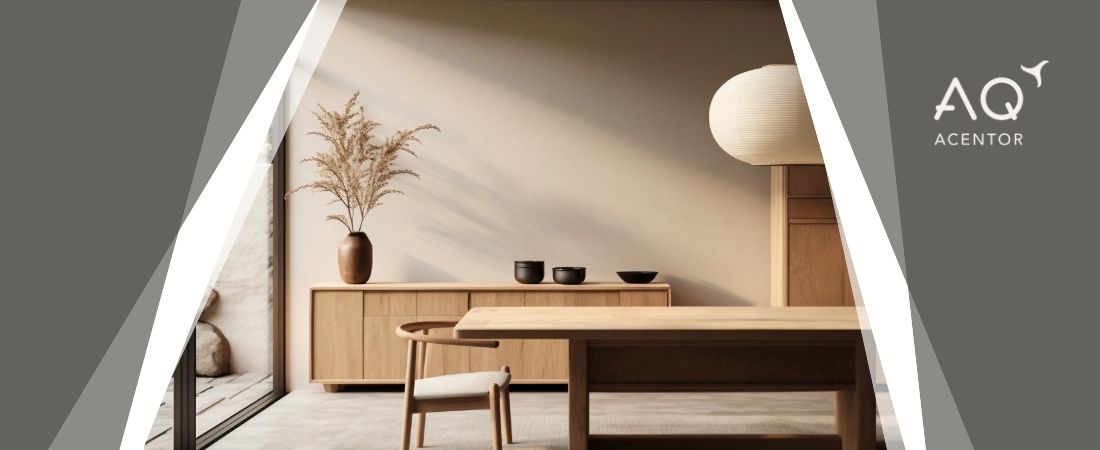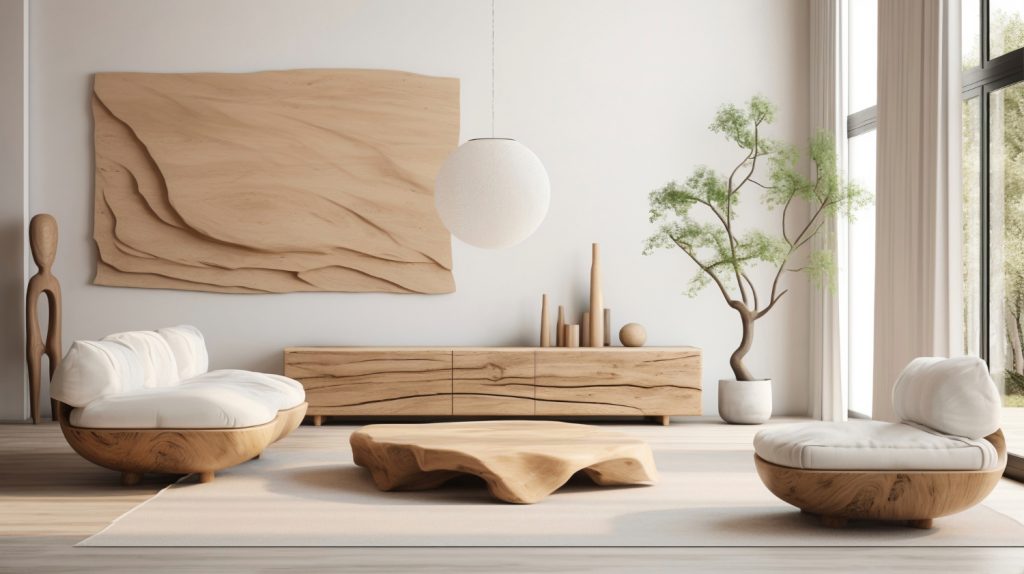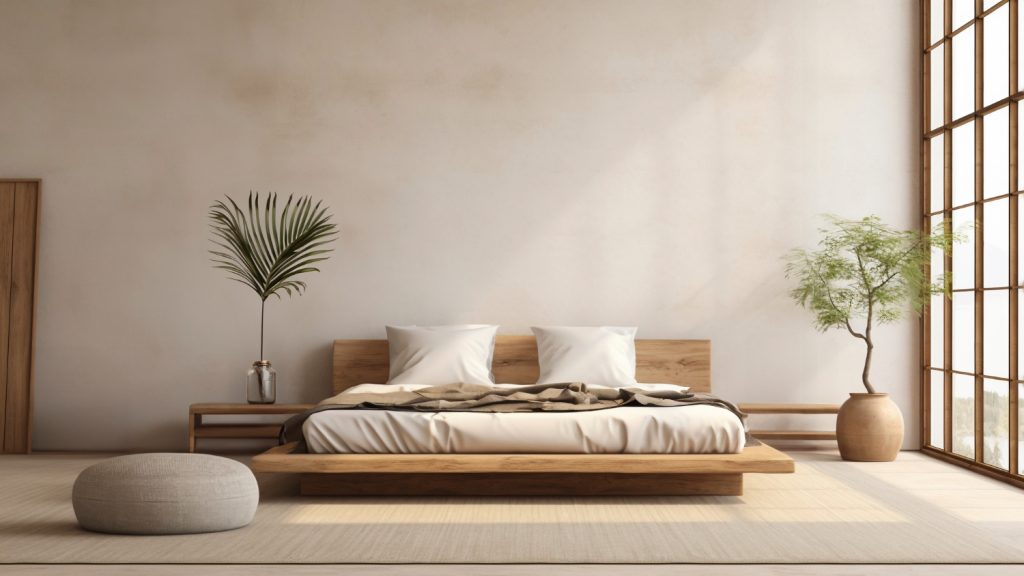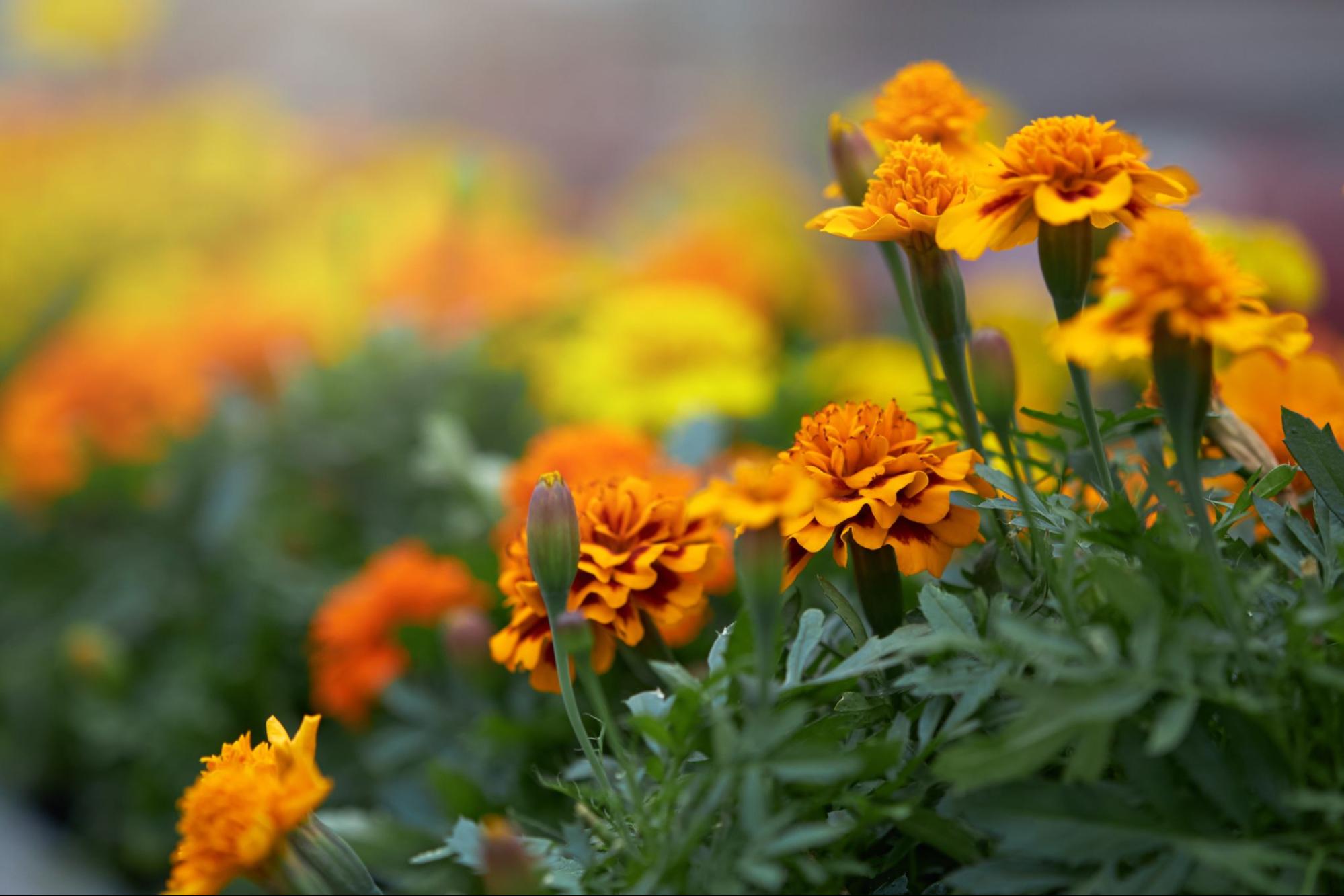Japandi style: keys to get a Japandi decoration

Have you ever heard of the Japandi style in decoration? The term comes from a fusion of two countries, Japan and Denmark, and here we are going to know all the factors that define the Japandi style decoration so you can implement them in your new house.
What is the Japandi style?
The Japandi decoration style is a fusion between Japanese and Danish style, but what exactly does this mean? To understand it, we have to analyze both styles individually.
First of all, we find the Japanese style, also known as wabi-sabi, whose main characteristics are simplicity and minimalism taking into account the factor of imperfection as a main thing.
On the other hand, in Denmark it is very common to decorate a house following the principles of the hygge theory, which is based on harmony and comfort in the home. It also takes into account, at a decorative level, the principles of simplicity and minimalism, as well as the importance of having a practical and useful decoration.
Well, the fusion of these two styles results in the Japandi decoration, determining tranquility as the main quality of this type of environment.
Characteristics of the Japandi style
Now that we know what are the main characteristics of both decorative styles, let’s know what are the basic guidelines that define the Japandi style decoration.
Warm and neutral colors
The first factor that defines Japandi style interior decoration is the tones used. Neutral, light and unobtrusive colors predominate, mainly light gray or beige. Although you can also add elements of other more striking shades or white.
Minimalism decoration
Minimalism is the main characteristic of the Japandi style. Basic furniture with simple, straight and practical lines.
Sense of order
The decoration should provide visual order and, for this, symmetry or other criteria such as order by heights, colors or alignment of objects is often used.
Also, although everything is usually in sight, it is ensured that no element visually clashes with another, that is to say, that each of them has its own space very well studied.

Natural materials
The materials used in both furniture and other decorative elements tend to be of natural origin. Woods of a slightly darker tone than that used in the Nordic style are usually used, as well as other natural components such as ceramics, bamboo, wicker and, in some details, leather.
Indoor plants
Another key to the Japandi decorative style is the use of plants in interior spaces. A touch of color is achieved on a neutral background. Although it is essential to follow the guidelines of simplicity and elegance when choosing the variety.
Open and wide spaces
It is also important in the Japandi style that there is fluidity between spaces, i.e., no dividing elements are used as in other decorative styles. This feature is a combination of the need for a sense of order and feng shui philosophy, which seeks to facilitate the circulation of energy in a house.
Tips to achieve a Japandi decoration in your home
Now that we know the main features of Japandi style interior decoration, let’s unveil some tips that can help us implement this decorative style in the different rooms of a house.
Japandi bedroom
A Japandi style bedroom should offer a natural look in several ways. On the one hand, through the use of elements made from natural materials, such as a jute laundry basket, a wicker lamp or a leather seat. Nor can you miss a plant, preferably tall and thin.
On the other hand, colors are key to define a Japandi bedroom, so keep in mind that neutral tones are a major factor, such as gray or beige, providing greater naturalness to the environment.
Of course it should be a minimalist decoration, visually ordered, with large furniture and straight lines.
It is also important that the room has good natural light.

Japandi kitchen
A Japandi kitchen should also have good natural light, although the main characteristic of the Japandi style that cannot be missing in this room is order. Kitchens tend to have a lot of things on the countertop. Items such as coffee pots, knives, juicers or other kitchen utensils are usually on the countertop or on the visible part of the furniture.
In a Japandi style kitchen, visual calm is sought and, for this, it is recommended to limit as much as possible the elements that are in sight. In addition, in those cases where it is essential that the article is located somewhere visible, this should be minimalist and fit perfectly with the rest of Japandi decoration.
The fusion of wood and white color is always a success, especially in this type of decorative style. Simplicity and practicality are also key. Thus, the use of multifunctional elements or furniture is a great idea, especially in the case of small kitchens.
Japandi living room
In a Japandi style living room, minimalism is once again the protagonist. Wood should also be kept in mind as a priority. In addition to the main furniture, you can opt for a sofa with a wooden base and upholstery in a light color, such as beige.
Light is important again, mainly natural light, although you can take advantage of it to introduce decorative elements such as lamps made with natural materials.
It is also essential to seek visual tranquility, for which we recommend the incorporation of furniture with doors so that everything can be stored.
Finally, a plant and the Japandi living room is ready.
Japandi bathroom
A room that is not always important at the decorative level is the bathroom or toilet, but it needs prominence especially in the Japandi style. And is that a Japandi bathroom should, once again, provide visual calm, so all the elements of hygiene should be well kept.
In this case, you can implement the use of natural materials without using wood, opting for stone walls, countertop and sink in gray tone.
Nor can you miss an extra touch of nature in a Japandi style bathroom with a simple plant or two.

